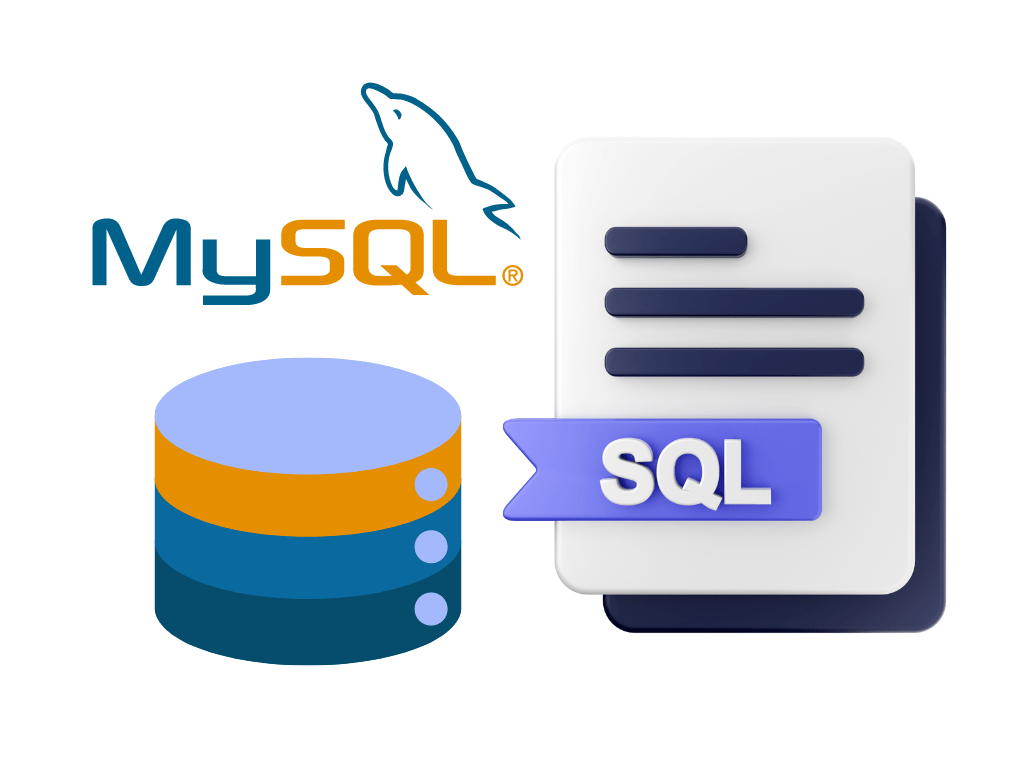In today’s digital age, data has become an essential component of our lives. Whether we are browsing the internet, using social media, or shopping online, we are constantly generating and interacting with data. But what exactly is data, and what are the different types of data? In this article, we will explore the answers to these questions.
What is Data?
Data refers to any piece of information that can be stored and processed by a computer. It can be anything from text, images, audio, or video files, to numerical values, such as temperatures, stock prices, or survey results. Data is typically stored in databases or files and can be manipulated, analyzed, and visualized using various software tools.
Types of Data
Data can be broadly classified into two main categories: quantitative data and qualitative data.
- Quantitative Data: This type of data is expressed in numerical form and can be measured or counted. It can be further classified into two subcategories:
a) Continuous Data: Continuous data is numeric data that can take any value within a given range. For example, temperature, height, or weight.
b) Discrete Data: Discrete data is numeric data that can only take certain specific values. For example, the number of students in a class or the number of books on a shelf.
- Qualitative Data: This type of data is descriptive in nature and cannot be expressed in numerical form. It can be further classified into two subcategories:
a) Nominal Data: Nominal data is data that can be classified into categories or groups without any specific order. For example, gender, color, or nationality.
b) Ordinal Data: Ordinal data is data that can be classified into categories or groups with a specific order or ranking. For example, education level, job titles, or customer satisfaction ratings.
In addition to these main categories, data can also be classified into other subcategories based on their characteristics or usage, such as:
- Structured Data: Structured data is data that is organized in a specific format, such as tables, spreadsheets, or databases.
- Unstructured Data: Unstructured data is data that does not have a specific format or organization, such as text documents, emails, or social media posts.
- Big Data: Big data refers to a large volume of data that is generated at a high velocity and variety. It requires specialized tools and techniques to store, process, and analyze.
Conclusion
Data is a fundamental part of our digital world, and understanding its different types and characteristics is essential for anyone working with or interacting with data. By knowing the different types of data and their subcategories, we can better analyze and interpret the information we collect, and make informed decisions based on data-driven insights.



0 Comments